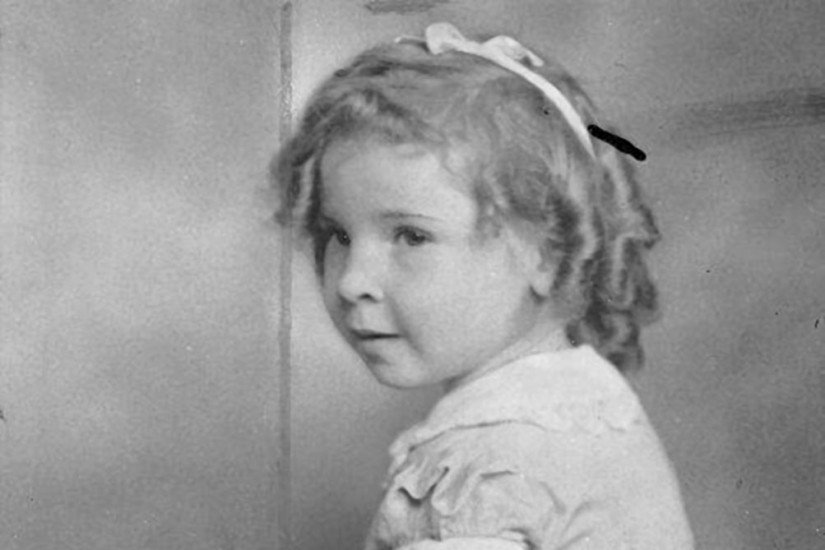On a damp Thursday morning in May 1938, hundreds of workers from Western Pennsylvania oil fields, given the day off to look for a missing girl, walked through the Allegheny Forest at arms’ length. They traversed the tangled underbrush alongside police with bloodhounds, World War I veterans, Cornplanter Indians, coal miners, and assorted others who’d responded to the local mayor’s call for 1,000 volunteers. They killed rattlesnakes and were careful not to drop a foot down into one of the hundreds of oil wells dug during the area’s petroleum boom in the 1870s.
But by nightfall, the “haggard, sleep-robbed faces of scores of men,” as the Bradford Era newspaper described them, told onlookers the grim truth: another day had passed without finding the little red-haired four-year-old, Marjorie West.
Eighty years ago today, Marjorie vanished while at a Mother’s Day picnic in the forest with her family. To this day she is the subject of one of the oldest unsolved cases recorded by the National Center for Missing and Exploited Children. Her search was one of the largest for a child since the Lindbergh Baby kidnapping six years earlier. Residents of Western Pennsylvania and Marjorie’s surviving relatives still hold out hope she’s alive. If she is, she may yet celebrate her 85th birthday next month.
“She could still be living,” said Marjorie’s cousin, Jack Covert, in an interview shortly before he passed away in March. “But she’s probably not around here.”
Marjorie was lost four decades before the nationwide “stranger danger” panic over kidnappings, set off when the son of eventual “America’s Most Wanted” host John Walsh disappeared from a Florida mall in 1981. After the much-publicized Adam Walsh abduction, parents became more fearful about where their children went and who they were with, and government agencies instituted safety programs including taking fingerprints of kids to keep on file. More recently, the hit Netflix series “Stranger Things,” about a fictional 12-year-old named Will Byers who’s snatched into another dimension, prompted renewed discussion about the idyllic times when children roamed free and parents rarely worried. In a New York Times op-ed, Ana North wrote, “‘Stranger Things’ is a reminder of a kind of unstructured childhood wandering that [now] seems less possible.”
But the Marjorie West case reminds us that decades before mass media coverage of child kidnappings, there were hazards that terrified parents. The dangers (Depression-era vagrants, illicit adoption rings) were just different. How free children should be to roam, and how cautious parents should be about young children’s activities, is a debate that still rages today.
